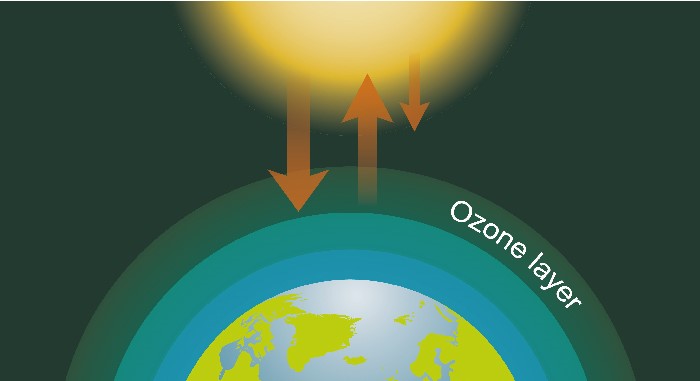A massive five-year analysis has found that since 1970, sex-selective abortions in a dozen countries have resulted in 23 million 'missing' girls.
These are women that were never born, and yet today, their absence is palpable, especially in eastern Europe and Asia. In China alone, the study found there were 11.9 million missing females, and India had 10.6 million.
The remaining missing births were spread across Albania, Armenia, Azerbaijan, Georgia, Hong Kong, South Korea, Montenegro, Taiwan, Tunisia, and Vietnam.
While no country has a perfectly even sex ratio, normally researchers would expect roughly 105 male births to every 100 female births.
Compiling data from over 200 nations - including 10,835 observations, and 16,602 years of information - the authors noticed a shocking number of countries have strayed from this mark.
"The estimated regional baseline values differ significantly from 1.05 for the majority of the regions we study," the authors write.
"In addition, almost half (88 out of 212) of the estimated country-level baseline values, accounting for ethnic difference across countries within a region, are significantly different from 1.05."
Of those 88 countries with higher-than-normal ratios, the authors pinpointed a dozen that looked worrisome.
After years of a controversial single-child policy, China was unsurprisingly at the top. At one point in 2005, the authors found that the most populated country in the world actually had a male birth ratio of 118.
That's a considerable distortion, and now that these children have reached reproductive age, it's starting to mess with the makeup of society. Today, in China and India, men outnumber women by 70 million, and it's causing an epidemic of loneliness, a distortion of labour markets, and an increase in female trafficking and prostitution.
Whether cultural, religious, economic or familial, the reasons behind sex selective abortions are not trivial, and they do not only reflect a woman's choice.
At least, not if you consider that much of these womens' free will is tied up in a patriarchal society, where the pressure to have a son can be enough to end a marriage and lose a lifetime of livelihood.
The authors explain that most of the societies with distorted sex ratios have long-held preferences for strong sons. In fact, in many of these cultures, it is males who carry on the family line and give status and legitimacy to the family.
Men also hold far greater economic value, and are the ones responsible for looking after their ageing parents.
Women, on the other hand, are sometimes thought of as a burden, just another mouth to feed, and that's especially true if they need an expensive dowry to get married.
With an ageing population and a push for smaller families, many women around the world are facing greater pressure than ever to have the few children they do have be sons. Since the 1970s, and the dawn of sex diagnosis, the problem has merely accelerated.
To fix the issue, China has retracted their single-child policy and banned the use of ultrasound machines, which usually tells parents the sex of their child. In India, when parents have daughters but no sons, the government will pay for their child's education and give a lump sump for her dowry or further study - that is, if the parents promise to have no more children.
Tactics like these appear to be working, but while the sex imbalance has somewhat slowed down in recent years, a previous study found the number of missing females is only set to peak in 2050.

A deep-rooted preference for sons over daughters has skewed the world's sex ratios more than we thought.




